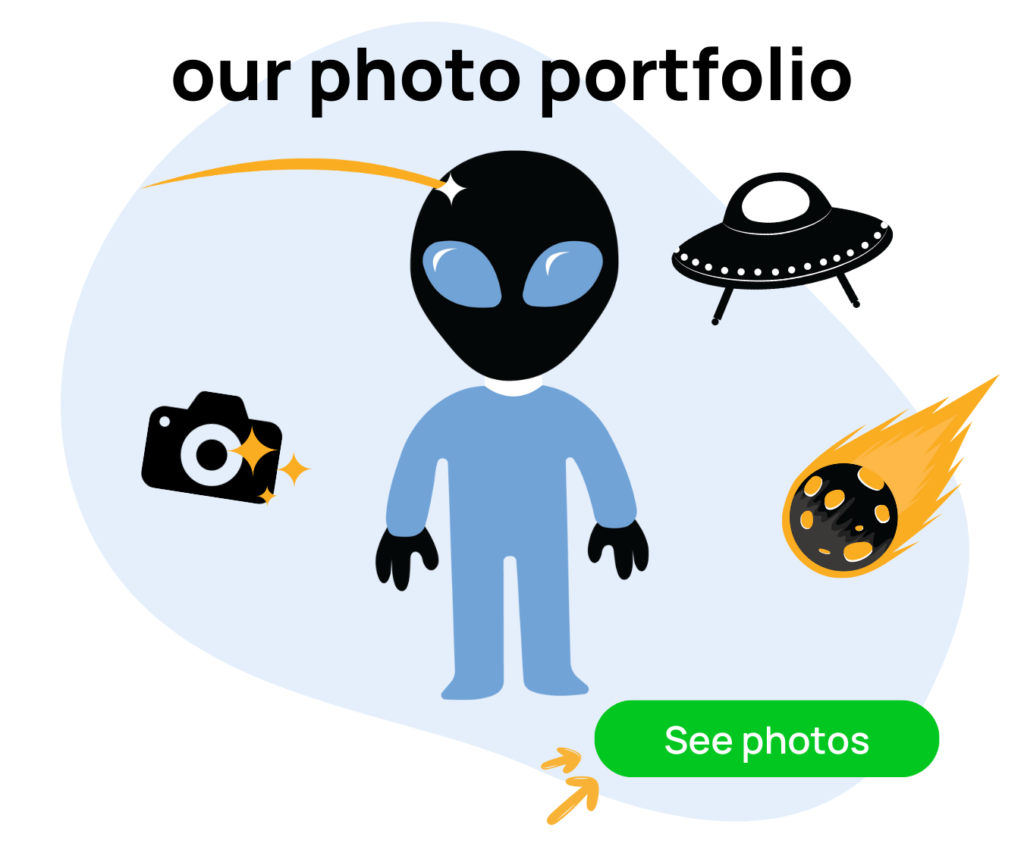If you’re an Amazon seller looking to pivot from your current product categories to make more sales, you’re at the right place. Finding a product that sells well can be challenging with changing trends and consumer demands. This blog will outline the best product categories to sell on Amazon in 2022 and how to choose one. Let’s get into it.
If you just landed on my blog for the first time, my name is Ian Smith, and I run an Amazon Marketing Agency called Evolve Media Agency.
What We Do at Evolve Media
We help Amazon sellers optimize their Amazon listings with photos, videos, and copy to get their listings converting as high as possible through product photoshoots, video shoots, on and off Amazon marketing, Email Marketing, and Google Ad campaign management.
To book a free strategy and consulting call with us, visit emaamz.com.
If you’re a DIY Amazon seller and you want to optimize your Amazon listing on your own, we’ve got a powerful Amazon listing checklist for you at zonchecklist.com. We broke down all of the different sections of an Amazon detail page and created different sales strategies for each area of a listing. You can check these items off as you and your team implement the different sales strategies.
Now, back to the blog.
Top 10 Selling Product Categories for 2022
These top product categories focus on the most profitable product categories to sell on Amazon. They follow industry trends and align with eMarketer, Statista, and Business Insider statistics. So here are the top 10 product categories you should be selling a product in on Amazon.
- Electronics
- Computers
- Beauty
- Fashion
- Books
- Furniture
- Food & Beverage
- Pet Products
- Toys
- and Office Equipment
Before you start looking for these products to sell in these categories, there are a lot of other factors you need to consider. You need to examine the competition and demand for the product, as well as the product category. You must also have a clear understanding of the consumers who are buying within that category.
How to Choose the Best Product Category
To help you decide, we compiled ten questions to help you sieve the categories presented and make an informed decision. You can also read our guide on effective product research strategies for a more detailed overview.
1. What Products are in High Demand?
When choosing a product from a category, consider if the product is in high demand. Products in high demand sell better than those that aren’t, even though they are from the same category. Use resources like Google Trends and industry consumer reports to determine which products are in high demand. Amazon Keyword Scouting software like Helium 10’s magnet tool is also excellent for identifying in-demand products.
2. How Much Competition is There?
Competition not only refers to the number of brands selling the product but how well they sell. Evaluate the brands and sellers in your chosen product category to determine their viability. In oversaturated categories, it’s challenging to stand out. You also spend much more on PPC ad campaigns to be visible. Where there is very little competition, yet more established, breaking their monotony over the market can be difficult without an unbeatable unique offering. An ideal marketspace is where competition is minimal, and your products are more visible with lesser effort. Once you understand the competition you’re up against, you can access the benchmark and how to beat it.
3. Is the Product Already Listed on Amazon?
Similar to scouting the competition, you also need to know if the product is already listed on Amazon. Be careful not to consider unlisted products as the excellent route to choose. They can be a result of low consumer interest. To find if a particular product is listed, search using UPC barcodes for North America and GTIN barcodes outside of the US. You can use tools like ZonGuru or Jungle Scout to perform competitor research to determine if there’s a chance to outsell the competition before you invest and buy up inventory.
4. Is the Product Popular?
Again, if the product you want to sell is already big on Amazon, that can be good or bad news. Where there are numerous popular products, consider having a unique value proposition to outsell the competition. To identify which products have the market,
look at the sales ranking for the item. You’ll find this under the Product Details. For example, you might see “#8 in Health & Household,” which tells you the competition is already winning in that category.
5. Is It a Financially Viable Product?
Not all in-demand product categories are financially viable. Consider the profits you will make from the sales of a set amount of inventories before deciding on a particular product. If you’re a new seller, consider using discounts and coupons to drive impulse buying among your shoppers. You can also view products that are priced in the impulse buying range. Take your manufacturing costs into account in all of this to avoid making a loss. One of the most common strategies for new sellers is to look for items that can sell for triple their manufacturing cost. This “3X rule” typically yields a 100% RoAS after all of Amazon’s fees.
6. Is the Item Fragile?
Fragile products also have strict packaging and preparation requirements and hidden packing and shipping costs that you need to consider. The product’s size, weight, and box dimensions impact its storage fulfillment and shipping costs. In choosing a product within a category, be sure to find products that are not so fragile to handle, especially as a new seller. Besides the hidden fees, you don’t want to give your new customers a negative experience from a broken part of their product.
7. Is it a Seasonal Product?
When choosing a product, another crucial factor to consider is its seasonality. Seasonal products only boom when they are in season. Seasons like Thanksgiving, Christmas, Easter, the New Year, or Back to School all have affiliated products that sell best during the period. So make sure you consider the seasons and if your product is strictly seasonal or if it has consumer demand all year round. Suppose you’re a new seller entering the market. In that case, you need to evaluate all of this before you decide on a product category, and I highly recommend not choosing a seasonal item to start with. Generally, we recommend consumable products since they get customers to buy from you repeatedly. You are also able to cross-sell them and get the highest customer lifetime value that you can get on each shopper.
8. Are the Product Reviews Genuine?
This is a cautionary tip during your product research. Not all product reviews on Amazon are genuine. And though Amazon frowns on manipulated reviews, sellers are known to find a way around it. This is especially common for products in the beauty and fashion categories. Take product reviews and ratings with a grain of salt before deciding on a product.
9. Are You in For the Long Haul?
Selling on Amazon can be a tough business in the early stages. Getting your product to rank and bring in the revenue you want means you must continually improve your listings and run PPC ad campaigns. You must also consider promoting your listing and research new product listing optimization strategies to test. This comes with a lot of work that can be discouraging if you’re just looking to make quick profits. Luckily, numerous Amazon tools and agencies like ours exist to make your job less tedious. You can book a free consulting call with us to discuss ideas and strategies to help you launch right the first time. Many of these big Amazon sellers have teams and outsource most of their tasks, so reach out if you want to build a successful Amazon brand and sell more products out the gate.
10. Is There Any Bias in Your Assessment?
While we can’t do away with our biases, we can limit them. This is important in your product research not to overlook the obvious. Evaluate product categories without being subjective or emotional. Don’t become attached to products so that you’re holding on to them because you like the product or they did well in the past. If the current evaluation says otherwise, do yourself a favor and find another product.
Growing Marketing Products and Industry Forecasts
These ten questions should help you find the best product categories to launch a product in 2022. And hopefully, 2023 if the trends don’t swing too much. Besides the top categories listed in this guide, there are other growing product categories to examine.
The first is from eMarketer. And they predict that a significant rise in sales for the rest of 2022 will be for essential goods, books, fashion, beauty, pet products, and furniture. Statista also confirmed that electronic products would account for roughly 28.3% of sales in 2022. According to their research, the electronics, fashion, and apparel product categories would maintain similar margins up until 2027, with online sales surpassing offline sales by 2025.
Conclusion
These are all you need to consider when finding the best product categories on Amazon. If you’re looking at sticking to your product for more than a year, these future forecasts should help you decide which product category best suits you. We recommend constantly researching the industry and consumer trends to know when to pivot without making a loss.
We hope this guide helped you find the best product and product category for your next product launch. Again, you can book a FREE consulting call with us to discuss these strategies further. We also have a FREE Amazon Listing Checklist to help you optimize your listings on your own. The checklist is organized under categories and is updated regularly to include standard practices and strategies. Thank you for reading!





